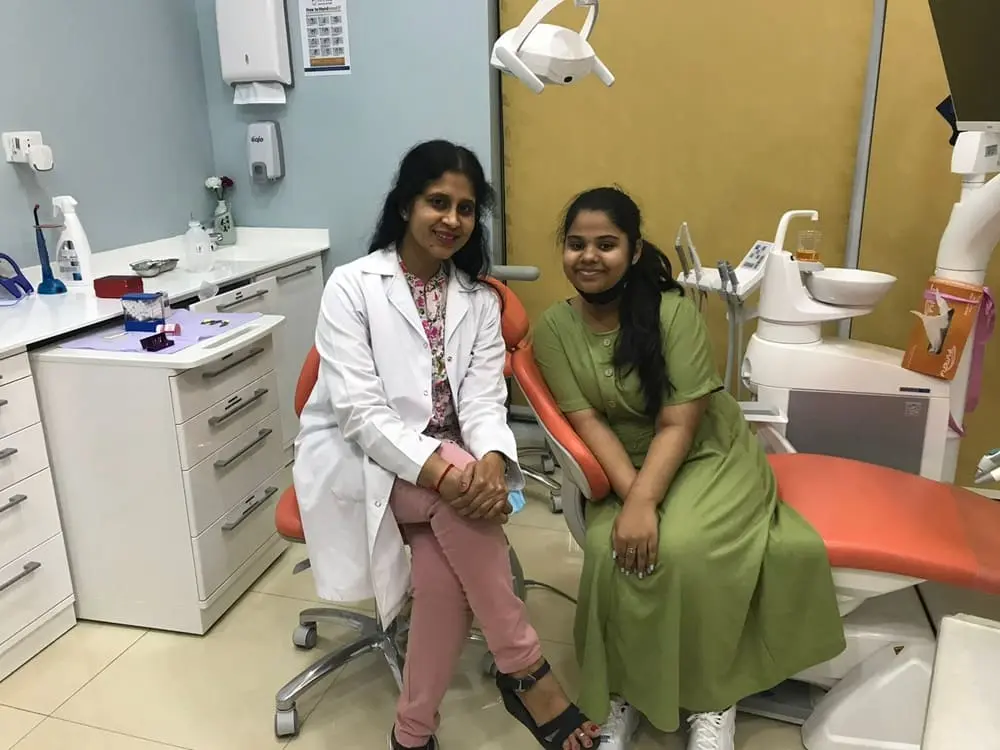

Are you self-conscious of your crooked or misaligned teeth? Most people desire a better smile but are unsure how to improve one. Fortunately, modern dentistry provides a number of solutions for teeth straightening so you can smile freely. So whether you are an adult or teenager, it is never too late to get a straighter, healthier smile. In this article, we’re going to discuss the most popular and effective teeth straightening options available today. By the end you’ll have more insight into what might work well for you.
Before discussing different treatment options, let’s first explain why teeth straightening matters. Crooked or overcrowded teeth can cause you to chew and speak less well, as well as affect your appearance. In fact, crooked teeth are more difficult to clean, which can result in plaque buildup, cavities and gum disease. So opting for straight teeth aids not your way of looking but your oral health too.
The most popular tooth straightening option is metal braces. They employ metal brackets and wires to slowly shift your teeth into proper alignment. And while they’re more visible than other types, today’s braces are smaller, less painful and even come in colorful bands.
Benefits:
Things to Consider:
Ceramic braces are identical to metal braces, with the exception of clear or tooth-colored brackets. As such they are less visible, hence a favourite among adults seeking a subtle solution.
Benefits:
Things to Consider:
These clear aligners are a contemporary method of tooth straightening, and one that is extremely well liked. These are personalized, replaceable plastic trays that are designed to fit your mouth and shift your teeth over time. Most users wear them 20–22 hours a day and change to a new set every one to two weeks. Get details about Invisalign Aligners in Dubai.
Benefits:
Things to Consider:
Lingual braces function similarly to traditional braces, except they are placed on the rear of your teeth as opposed to the front. This causes them to be fully concealed upon smiling.
Benefits:
Things to Consider:
If you have only minor misalignment or if your teeth have shifted dramatically after previous orthodontic treatment, a retainer may be all you need. There are fixed and removable types of retainers.
Benefits:
Things to Consider:
To determine the best teeth straightening option for you, you need to consider your preferred treatment priorities, such as dental needs, lifestyle and budget. You should always seek consultation with an orthodontist, he will inspect your teeth and recommend the perfect fix.
While traditional braces remain a tried-and-true method of straightening teeth, many adults would rather opt for the less-obvious route of clear aligners or ceramic braces. On the other hand, children and teens might find the structure and strength of metal braces beneficial.
Although it’s easy to think the straightening brush is all about appearance, don’t forget that straightening your teeth is good for your health. Well-aligned teeth minimize the chance of jaw pain, gum disease, and tooth decay. And a confident smile can lift your self-esteem and enhance your quality of life.

If you’ve been considering straightening your teeth, you’ve been thinking about the wrong timing, because now is the time to get started. There’s a safe, effective, comfortable option for everyone.
What are you waiting for, contact your orthodontist for a consultation today and take that first step toward a healthier, more beautiful smile!
Clear aligners are another great option for adults since these devices are essentially clear, removable, and comfortable to use on a daily basis.
Treatment time depends on the method and the individual case, but for most people, the end results take 6 to 24 months with regular orthodontic care.
Yes, for mild to moderate cases. In cases of more complex concern, traditional or ceramic braces may offer more control and results.
If you have braces, you will need to avoid hard or sticky foods. Aligners are removable, so after you take them out, you can eat like normal.
You’ll feel slight discomfort meaning when treatment first starts or aligners are changed, but it usually fades after a couple of days while your mouth adjusts.